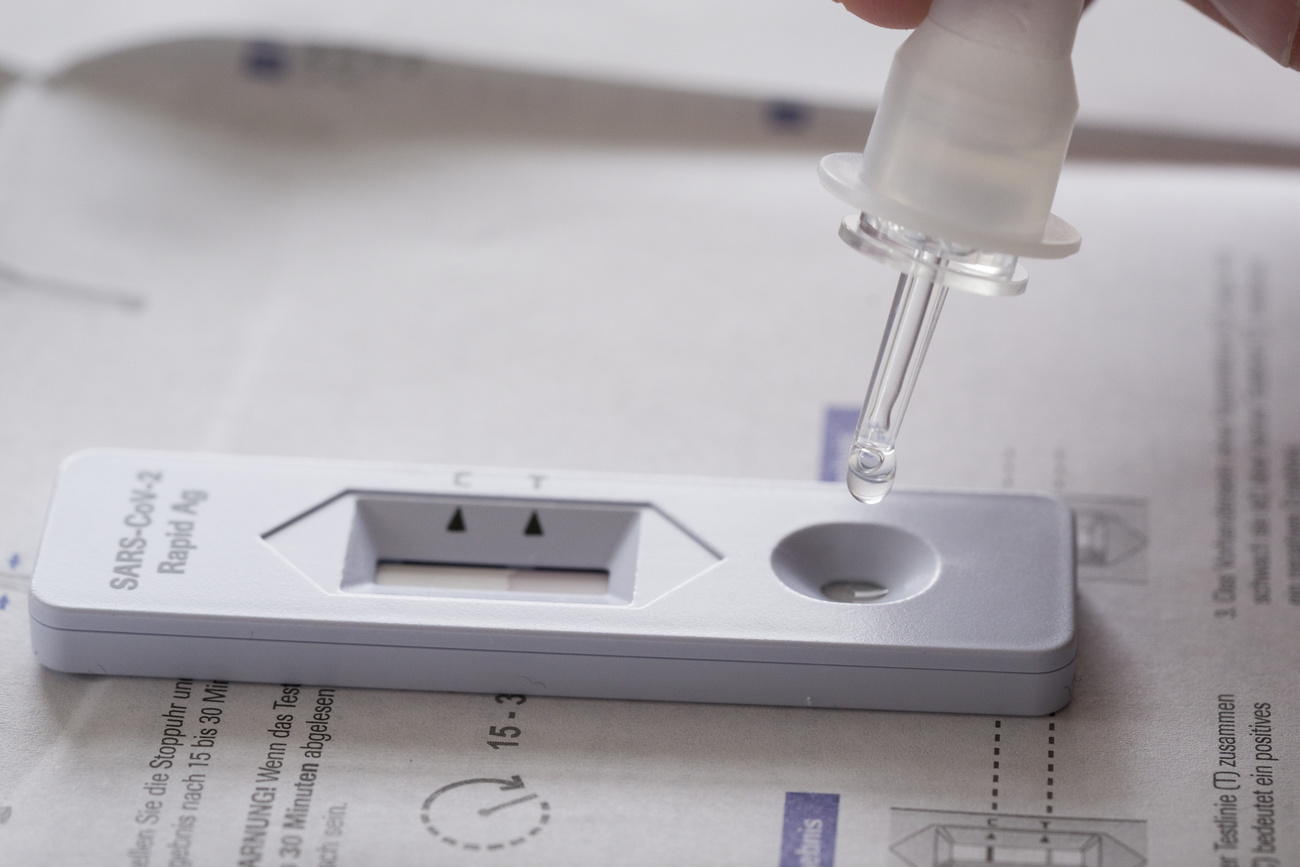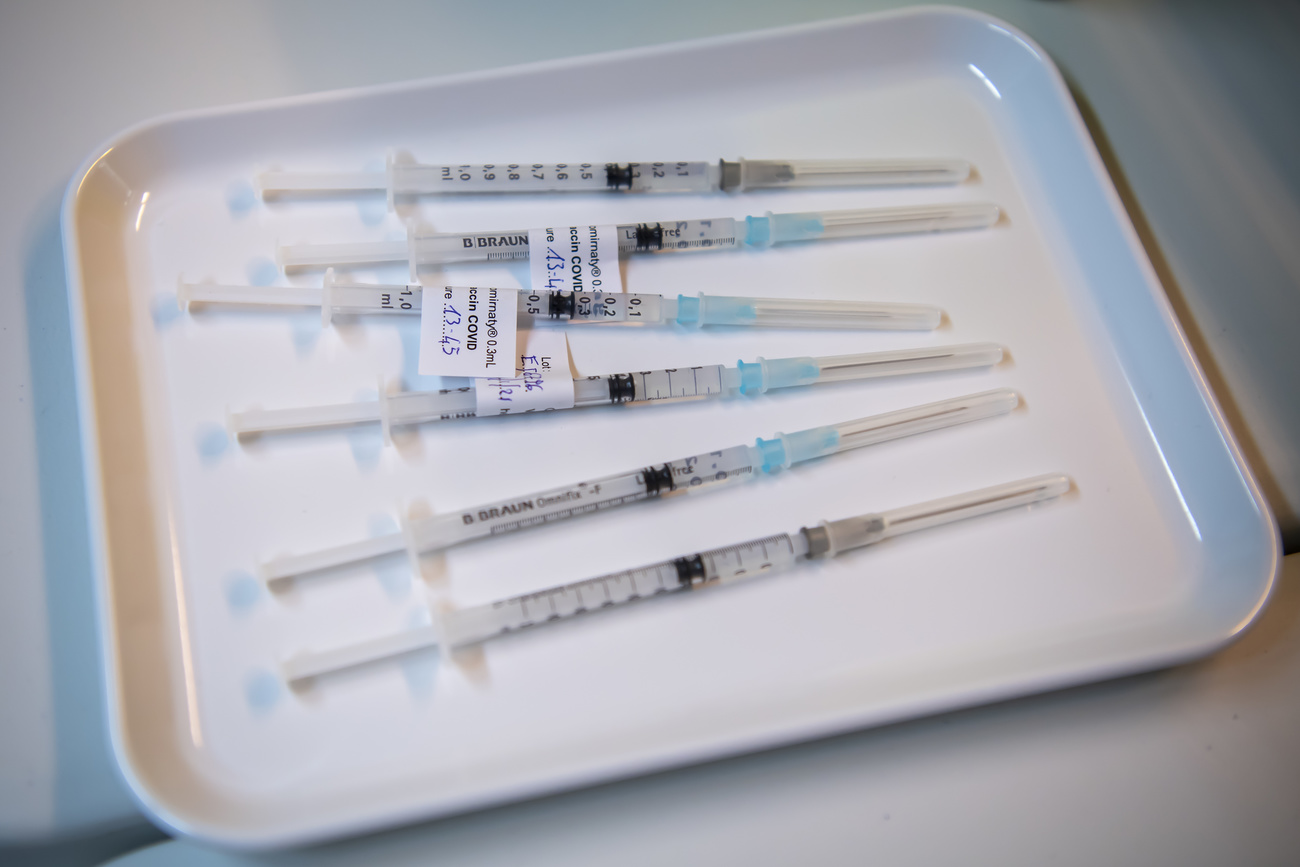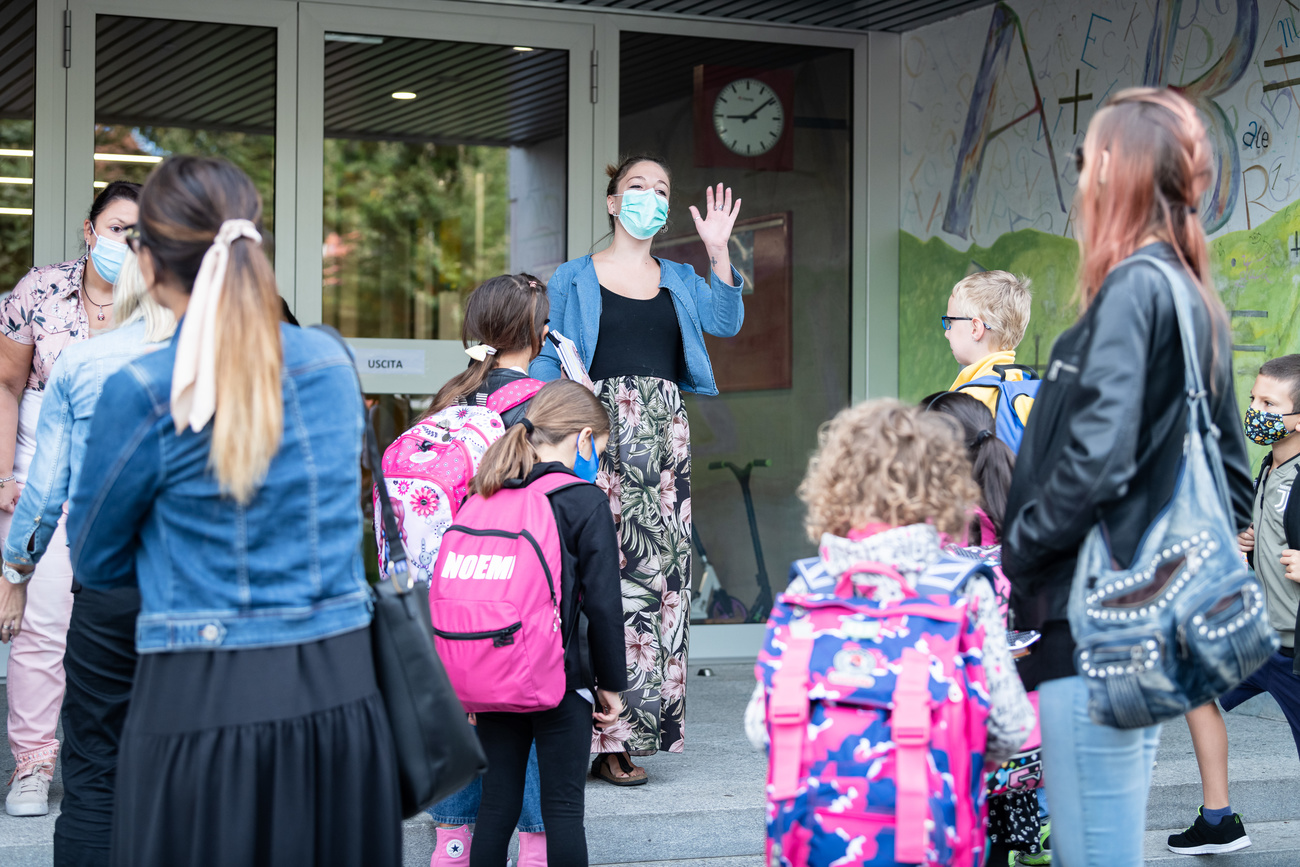Coronavirus: Is Switzerland learning from other countries?

The number of coronavirus cases rose steadily in Switzerland over the summer, but hospital beds remained empty. The experience of other countries, however, shows that this can change fast. Is Switzerland learning from the mistakes of others?
In August, the Swiss public television, SRF, investigated why it was that hospital beds in Switzerland, like for example in Germany and Britain, were staying empty despite an increase in the number of people infected with Covid-19.
Three likely explanations were found:
- More and wider testing meant that more cases were being detected;
- Since June a disproportionately high proportion of younger people were getting infected;
- Older age groups were protecting themselves better.
The experience of countries such as Spain and France shows that the number of serious cases can shoot up anew, if we lose an overview of the spread of the disease and more older people get infected again.

More
Coronavirus: the situation in Switzerland
The onset of the cold weather, when people will once more be spending more time indoors, begs the question: How well does Switzerland have the situation under control?
To try and answer this, we analysed the latest data and talked with an expert.
A lot of testing is still being done
To be able to map the current situation of the pandemic correctly, a functioning testing system is absolutely vital. It is now known that a significant proportion of Covid-19 infections lead to no symptoms at all or to very mild ones that are almost imperceptible.
The testing system has been adapted over time. Thus, since April 22, anyone with symptoms can go and get tested, while since June 25 the Swiss government has taken over the cost of the tests. These and other changes to the system have meant more people being tested in Switzerland.
But how much testing is really going on?
Significantly more tests have been carried out since the beginning of September than over the summer, with a concomitant increase in the number of cases detected. So, is the count rising simply because more testing is being done?
To answer this question, it is helpful to look at the so-called test positivity rate, that is, the fraction of all tests performed that come back positive. As long as this is below five percent, according to the recommendations of the World Health Organization (WHO), we are getting a reliable picture of the spread of the disease.
The test positivity rate is currently below 5% but higher than in June and July.
Emma Hodcroft is an epidemiologist and the co-developer of the open source platform Nextstrain, which tracks the mutations of SARS-Cov-2. In her view, the evolution of the positivity rate is a clear sign that infections are actually climbing and that the rise in case numbers cannot solely be explained by more testing. “I do think we need to be careful. 3-4% is fine but we don’t want that to continue to increase,” she said.
Fewer young people infected
Over the summer, case numbers in many countries were rising fastest among the younger generation, especially 20 to 29-year-olds.
This seems slowly to be changing again. Young people are still slightly overrepresented, compared to their one-third share of the population, but significantly less so than at the end of August.
This does not surprise Hodcroft: “We will often have contact within our own age groups, but we don’t live in a society where we are restricted to only communication and being with people within our age group.” In her view, the best way to protect vulnerable groups of people is by keeping overall case numbers low.
Since the disease often takes a less serious form among younger people, the number of hospital admissions remained low over the summer. In September, too, there has so far only been a slight increase in the older age groups.
Hodcroft is convinced that this will change: “As those cases rise in older age groups, we expect to see an increase in hospitalisations and deaths.”
This can already be seen in other European countries, such as Spain and France. “It’s not really a hypothetical situation,” she remarks.
Switzerland is learning little from other countries
Possibly one of the most inexplicable aspects of the whole pandemic, in Hodcroft’s opinion, is how little we are learning from developments in other countries. This was evident during the first wave: “Everyone looked at Italy and was like – oh that’s too bad for Italy, but it won’t happen here.” But in many countries it did happen.
So what should we do? Being able to keep up contact tracing is essential, as it is the only way to interrupt infection chains early on. Doing so gets more difficult the higher the case numbers become. Hodcroft is concerned about particularly affected regions, such as canton Vaud, where contact tracers are gradually reaching the limit of their capacity.
However, the positive side is that “a lot of the cases are concentrated in a few cantons,” she adds. If these cantons managed to bring the situation back under control, Switzerland would be in a very good position.
At the moment, though, many cantons are reluctant to introduce new restrictions in order to contain the virus. Hodcroft attributes this not just to economic pressure but also to a lack of clear guidelines.
Winter presents new challenges for Europe
“We’ve been very lucky with our weather in Europe,” says Hodcroft. But now autumn is definitely here. “With the cold weather we will be facing completely new challenges,” she notes.
Social distancing is easy when you are outside in the park, but it gets more difficult once you have to stay indoors.
This article follows the methods and reasoning used in the SRF-Data article from August, applying them to the situation today. The data evaluated was provided by the Federal Office of Public Health (FOPH). For the numbers of cases, deaths and hospital admissions, the seven-day average was calculated. Hospital admissions refer to newly notified hospitalizations as found in the FOPH situation reports. For this, all FOPH reports since the end of March were analysed. The notification date was used as the hospital admission date, although actual admission may have occurred earlier.
Translated from German by Julia Bassam.

In compliance with the JTI standards
More: SWI swissinfo.ch certified by the Journalism Trust Initiative












You can find an overview of ongoing debates with our journalists here . Please join us!
If you want to start a conversation about a topic raised in this article or want to report factual errors, email us at english@swissinfo.ch.